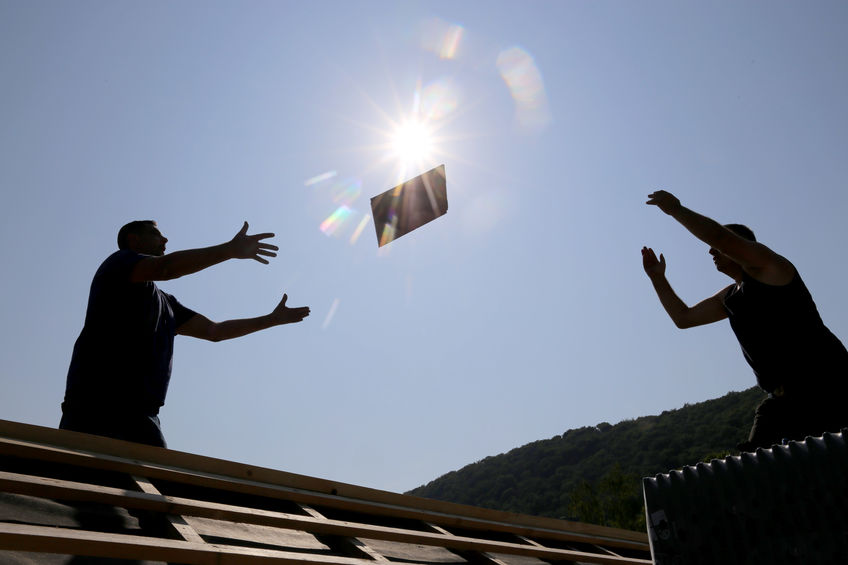It should be pretty obvious that we shouldn’t expect everyone to shut down their lives, means of livelihood, and societal lifestyles waiting for that uncertain time — maybe never— when the coronavirus threat entirely disappears.
Either way, various population groups — age and health vulnerability, location and density, employment nature and circumstances, sustainable income status, and family/friendship interdependence — will be impacted differently.
Too early, and the virus will rapidly rebound and spread again, possibly overwhelm medical response capabilities, and more people will die, particularly in my age group.
Too late, debt and poverty will spread just as fast, crashing our national economic systems and capacities. Even more people will die — and in all population groups.
Federal, state and metropolitan policymakers and enforcers must soon make some very tough decisions. Guided by ever-hypothetical fatality models, how much time and lost revenue are they are willing to gamble waiting for an effective medical intervention and/or cure?
As representatives and members of the public they serve, how long will it be worth to oblige or compel families, individuals, within their boundaries of influence and authority to financial hardship? Thus, disrupting their children’s learning progress, socialization, as well as drain away any savings they may have somehow managed to stash in investments, banks or mattresses.
As politicians, how will individual legislators and executors balance lethal public health threats posed by COVID-19, versus infectious wrath that will be visited upon them by their increasingly impoverished and demoralized electorates?
In reality, these are not simple binary decisions: public health (e.g., death) on one side; national health (e.g., economy and security) on the opposite.
Dr. Joseph Lapado, an associate professor at UCLA’s David Geffen School of Medicine, similarly observes that the pandemic crisis now rests on a fulcrum. In an April 10 Wall Street Journal editorial “Lockdowns Won’t Stop the Spread,” he observes:
“On the one side is the COVID-19 and every possible action that might prevent people from contracting and dying from infection.
“On the other side is everything else that matters: livelihoods that allow people to feed and shelter their families; civil liberties; the education of their children; social well-being, including the prevention of loneliness, isolation and domestic violence; and all other medical conditions, from cancer and heart disease to dental emergencies.”
Dr. Lapado urges us to recognize that in order to help set the right course for the country [and by extension for our personal lives], we must first grasp some simple — but tough —facts:
“The novel coronavirus is highly contagious and tragically lethal to many. There is no guarantee of a vaccine within the next 18 months. We have taken measures to slow the virus, but these can’t stop it.”
He adds, “The only thing that can stop the virus at this advanced stage of community transmission is a complete lockdown, which can happen in authoritarian countries like China, but not in the U.S.”
Lapado warns that while an extended shutdown will temporarily quell the viral spread, short of a miracle treatment, it will later resume its infectious rampage. States will get only one pass at addressing it in this manner. “Once lifted, the appetite for a repeat shutdown will be tepid at best, even in left-leaning states. The reality of the shutdown costs — the upheaval caused by school closures, economic hurt, social isolation and lost lives and livelihoods — will be fresh.”
Clearly recognizing this reality, some governors are collaborating with others to plan policies that combine strategies aimed at slowing the virus and accelerating medical preparedness to reduce fatal casualties. This, while also concurrently reopening the economy and returning social normality without sacrificing health gains achieved at great pain and cost by current shutdowns.
Coronavirus epicenter New York’s Governor Andrew Cuomo has taken the lead in organizing a committee of health and economic officials also representing six other hard-hit Northeast Democrat states including New Jersey, Connecticut, Massachusetts, Pennsylvania, Rhode Island, and Delaware to come up with responsible ways to address this enormous challenge.
It is apparent that there are no universal one-solution fits-all nation, state, nor municipal applications.
Widely varying population densities in different regions, for example, present very different preventative social distancing considerations. Although California and New York shut down businesses at about the same time, New York, which is approximately twice as dense, has experienced about 25 times higher per capita fatalities.
New York City’s population is about 300 times more concentrated than the U.S. as a whole, and 11 times more than Los Angeles County. In addition, more than half of New York City residents use public transportation, exposing them to greater virus exposure risks.
We can have no doubt that countless very difficult decisions and actions lie ahead that will impact all of us. In any case, we should recognize that planned interventions to protect lives from the virus now must consider deadly collateral impacts on lives, livelihoods and cherished lifestyle qualities that will make full recovery possible.
Doing otherwise will empower this viral enemy to conquer our future.
This article originally appeared at NewsMax
